11 Essential Mobile Commerce Features for Max Performance
Mobile commerce (or M-commerce) is rising rapidly in recent years. Yet, not all businesses know what features they should include in the commerce app. Not to worry, just read our article, we will show you 11 essential mobile commerce features.
1. Retail Integration

If you already got a physical store set up, then retail integration might be the neat feature you need to enhance your customer experience. It’s recommended to let your mobile commerce app and your store complement each other to achieve the best commerce result by:
- Offering free Wi-Fi.
It’s expected that 58% of customers will be curious enough to compare the online price to the actual price tag on your products.
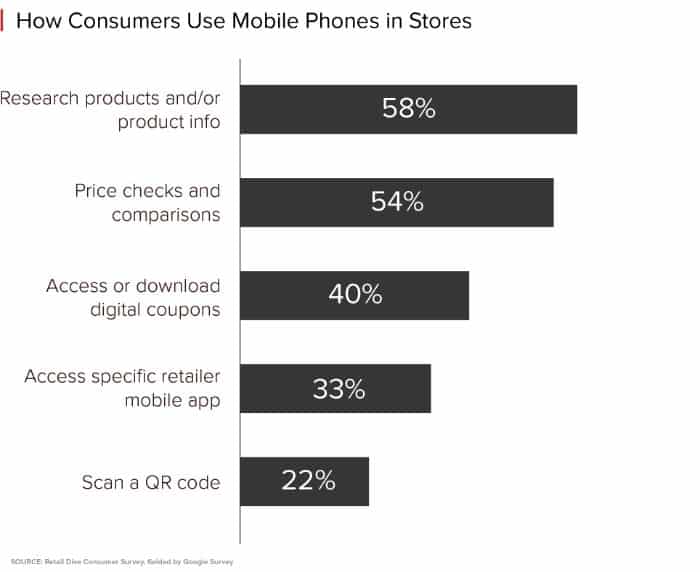
Let your customers freely access your website or application by mobile while browsing the store. No one detests a little free Wi-Fi to make the comparison process much convenient.
- Enabling a wishlist feature.
Customers might research your products ahead of time on your e-commerce website or mobile commerce app before coming to the shop. Having an add-to-wishlist feature could be great to help them making checkout in person faster.
In contrast, there might be some customers who came at first just to make purchases later. With their mobile-ready on hand, the customers could just conveniently add their desired products to the wishlist and order whenever they want.
2. Flash Sales & Discounts
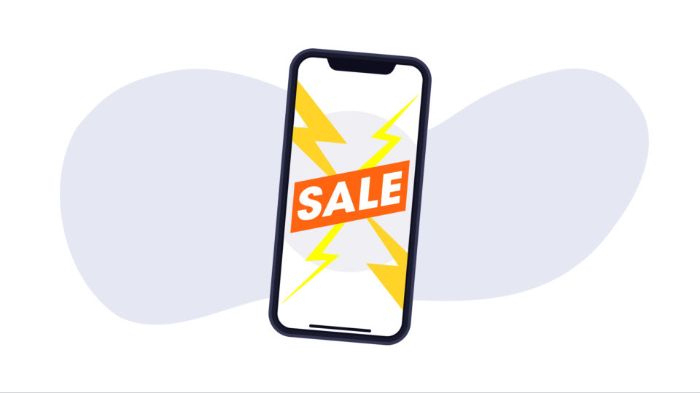
LOOKING for a platform to build your store on before integrating it on mobile? These best wholesale ecommerce platforms might work for your business.
Often, you should be the one who gives your customers a reason to shopping. A small discount coupon that pops up through the push notification on the phone will encourage your customers to interact with the app or make a new purchase.
According to a Clutch study, 65% of consumers received exclusive deals, offers & discounts via commerce apps on mobile.

In addition to encouraging app downloads with featured products only for sale on the app, you should also decorate the interface with a banner size just enough to attract users to gift programs, promotions and events like flash sales. Large sale in a flash (or flash sales) is a compelling effort in making customers feel the shopping needs.
3. Location Tracking
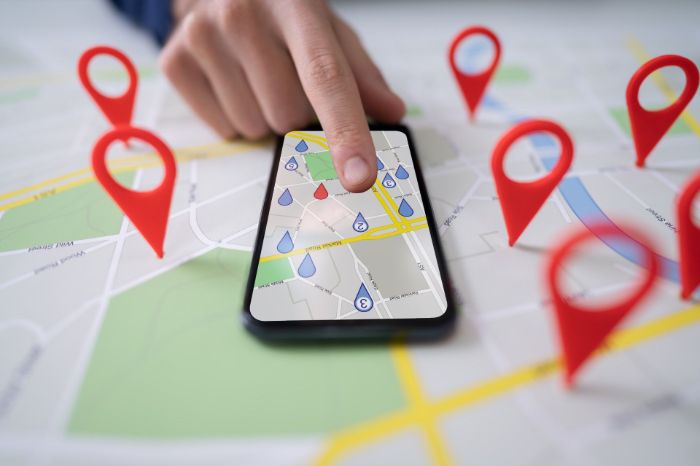
Up to 60% of users agree to share locations to mobile apps with no complain at all. This is enormous percentages, and you should use them to your advantage in improving your business’s mobile commerce app.
If you already have a physical store, you can easily use location tracking to send push notifications on customers’ phones when they reach the store location. It could be an offer to purchase, or it could be an attractive discount that will make you visit your physical store.
Besides, you can also use location data to make it easier for customers to find store addresses. This is one of the most convenient mobile ecommerce features, and it is preferred by customers here and there according to this 2020′ study.
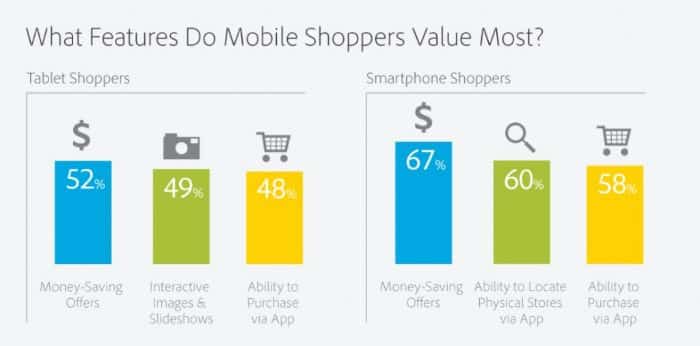
For large-scale commerce businesses likes marketplace, you can rely on your customers’ existing locations to advertise accordingly. For example, when a customer is near the ocean, advertisements for swimwear will appear. And vice versa, when the customer’s location is near snowy mountains, ski equipment and jackets will appear in that regard.
Additionally, location tracking is also used to offer attractive offers depending on the policy of each city. When accessing a mobile app, a customer in Germany will see products only available in Germany, which should be different from US customers or customers from other locations.
4. Detailed Product Descriptions
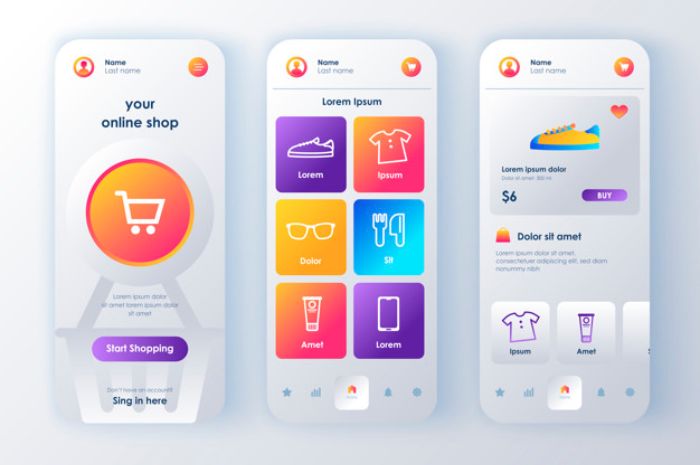
Like the desktop website, your products should be presented to the customer with all the necessary information and specifications on the mobile commerce app.
However, the interface is recommended to be optimized so that it is appropriate to look at and convenient for customers who use the phone.
Phone screens are inherently smaller than desktop monitors, so you’ll need to edit product descriptions so that they are concise and detailed. In addition, most customers use phones with one hand, so optimizing the usability is important enough. Customers should be able to operate all buttons without any problems.
To make descriptions clean for better reading, remember to remove unnecessary words, try using bullet points to describe products. You could also include zoomable product photos if needed.
5. Optimized Product Images

Having a brief product description is only the first step. Optimizing the product image displayed on the phone is what to care for next.
Because online products cannot be touched or felt, images play an essential role in the ecommerce buying decision. A product page with too few or incorrect images will prevent the customer from making a buying decision.
Not to mention, unlike desktop, mobile has weaker hardware and frequently connects to the Internet of Things via Wi-Fi or paid internet services like 3G, 4G. A product page with optimized images reduces the page load time significantly. At present, we recommend webp as the optimized format to achieve lightweight with good quality image.
In addition to optimizing the capacity, your app also needs other convenient features such as zoomable images, photos view in 360 degrees, etc.
6. Social Media Integration

According to Awario, social media influence up to 74% of ecommerce customers’ buying decisions. For now, it’s a good idea to get your brand’s social networking site ready to stay up-to-date with news and engage more customers.
The users of your mobile app may not have known or followed your store’s social networking site. Add Facebook and Twitter feed to the mobile app so that customers can be updated with the latest news and follow the store immediately if not.
You should accept the fact that customers are not all that willing to open your app daily. They may rarely use mobile apps, but they often use social networks to update daily news for sure.
7. Fast Checkout, Secure Payment
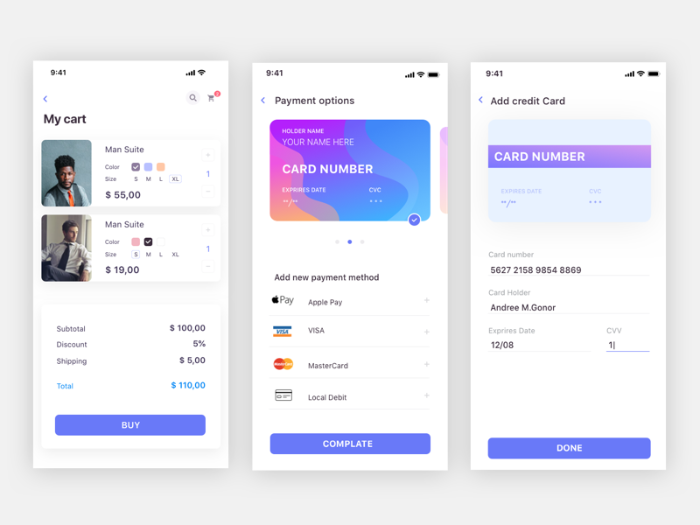
RECOMMENDATION: B2B eCommerce and other variants you might haven’t know!
For phones, quick and convenient checkout is essential to keep customers on the website.
A mobile app should be able to complete checkout and payments in seconds with just a few taps required from the user. To do that, the function of remembering transaction information is necessary, especially to shorten various payment methods.
With the customer’s permission, some general information such as visa card number or account number can be recorded on the phone so that subsequent checkouts are many times faster. Of course, the prerequisite is still to ensure the security of their personal information.
8. Personalized User Profiles
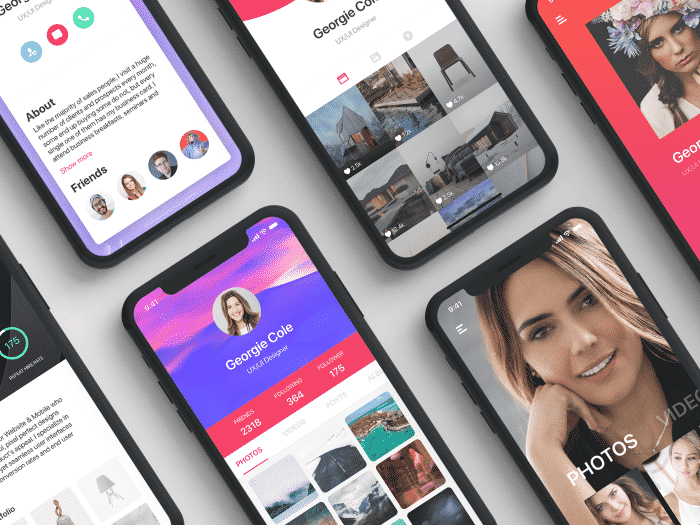
According to Neil Patel, up to 90% of users find personalization appealing. User profiles are a practical mobile commerce feature to enhance customer experience via personalization. Customers are more likely to engage with your app if their experience meets the expectation.
Therefore, the mobile app needs to be able to remember the products that have been viewed by customers or the items in the shopping cart, the products in the wishlist.
The suitable purchase suggestions can generate reliable leads, leading to a significant increase in sales as well as an increase in usage time for your mobile app.
9. Push Notifications
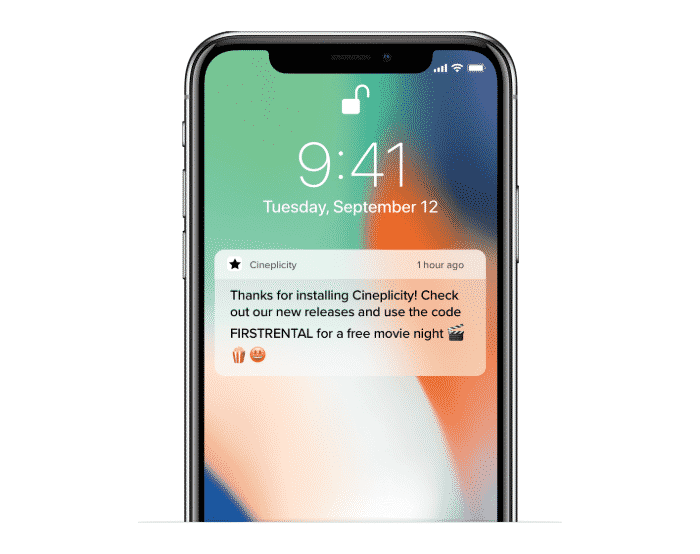
If appropriately used, push notification can lead to increased engagement, lifetime and usage of your mobile application. On the contrary, abusing notifications can cause customers to delete your app from their phone permanently.
Like email marketing, push notifications are used to announce new products and brand news such as discounts, promotions, updates, or flash sales events.
However, unlike email, you should only select m-commerce push notifications to display the most impressive and powerful offers to avoid distraction. A timely notice can lead to an immediate sales closing.
10. Product Search
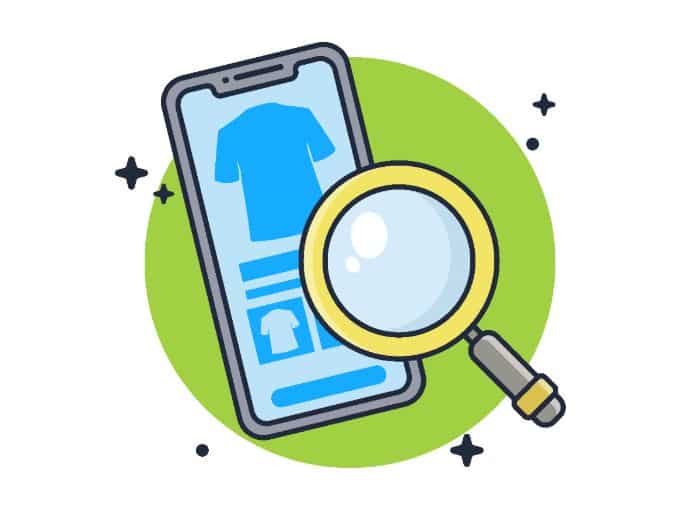
No customer wants to manually search for some products in a catalog of dozens, hundreds or thousands of items. No matter how many products you put on for sale, product search is a vital function.
Make sure that your mobile app has an advanced search function with the filter system. Also, you should make sure to have the search function works effectively to bring out relevant results that customers want.
11. Application Analytics

Integrate a system of storing and processing information to update and improve your m-commerce app continuously.
The required metrics like conversion rate, preferred payment methods, user locations, app usage and more will greatly help your marketing, sales, or shipping strategy.
What are the main features of e-commerce? Our article already helps you answer it. Let visit to BSS commerce to read more useful article related ecommerce topic. BSS Commerce is one of the leading Multi-platform eCommerce solutions and Magento 2 development service providers in the world. With experienced and certified developers, we commit to bring high-quality products and services to optimize your business effectively


